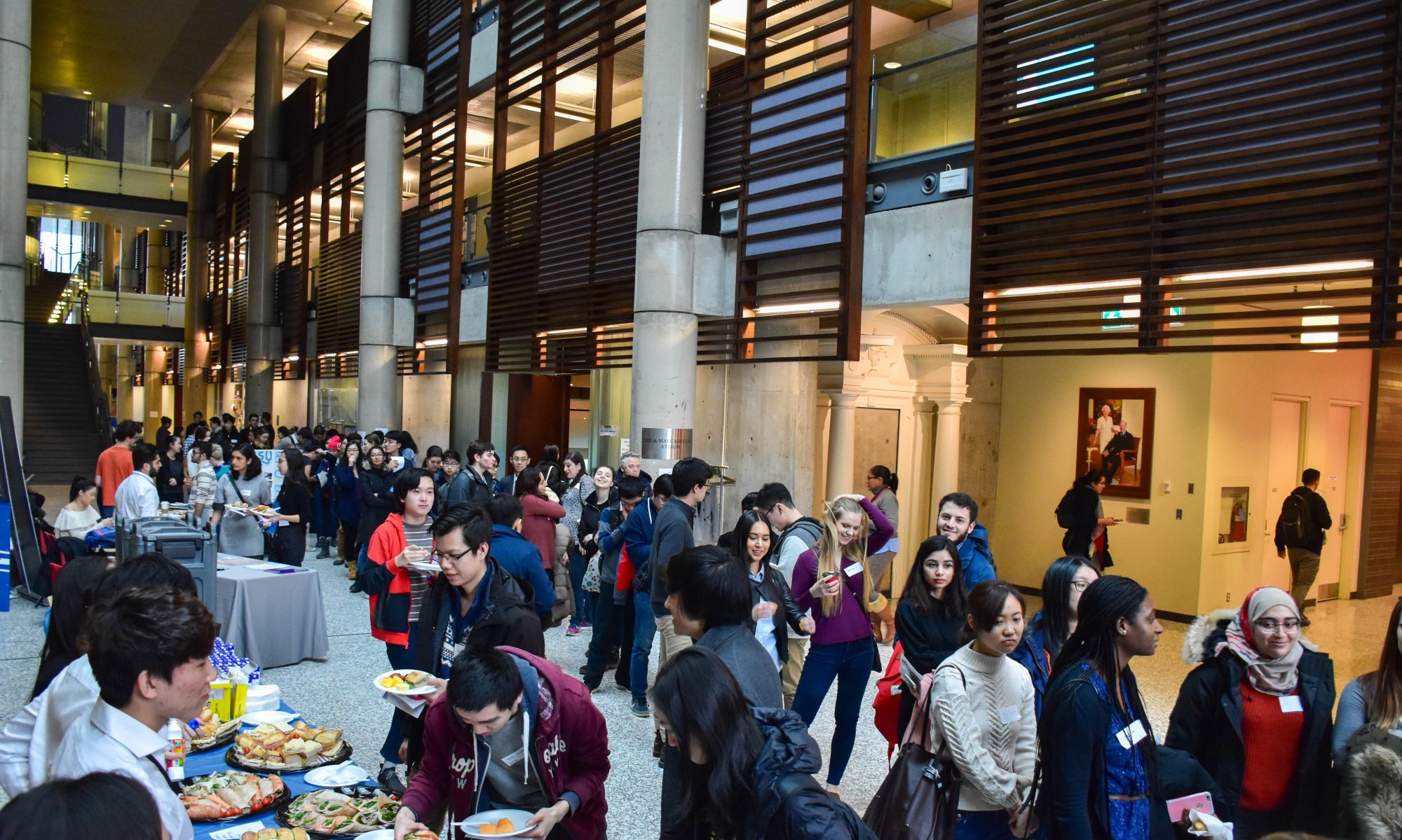Previously many researchers have tried to understand the genetic basis for autism. This work involved comparing the genomes of autistic patients against that of people who weren’t autistic. The work hinted a few genes that might be involved in autism but a definite genetic link is yet to found.
Recently, scientists at the Yale School of Medicine tried using a very interesting technique to tackle this problem. They isolated skin cells from autistic patients who had enlarged brains, and from their non-autistic fathers and converted them to induced pluripotent stem cells using stem cell techniques. The researchers then allowed the stem cells to differentiate into brain cells and form miniature brain like structures called organoids.
These organoids were a good representation of the brain in its early stages of development during the first few months of gestation. By comparing the organoids from the autistic patients and those from their fathers, the researchers identified that organoids from patients with autism had a higher production of inhibitory neurons compared to those from their fathers. The researchers also identified the FOXG1 gene to be responsible for this overproduction of the inhibitory neurons. The researchers were able to correct the overproduction of inhibitory neurons by simply suppressing this gene.
This work gives a much clearer insight into how autism might be genetically regulated and it also makes us hopeful for a cure for autism sometime in the future.
References:
Mariani, J., Coppola, G., Zhang, P., Abyzov, A., Provini, L., Tomasini, L., . . . Vaccarino, F. (2015). FOXG1-Dependent Dysregulation of GABA/Glutamate Neuron Differentiation in Autism Spectrum Disorders. Cell, 162(2), 375-390.

